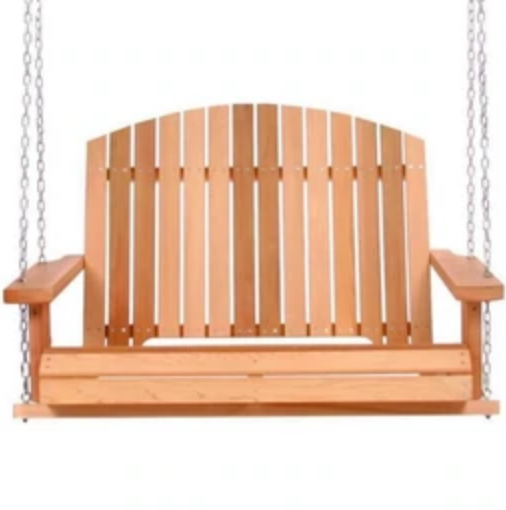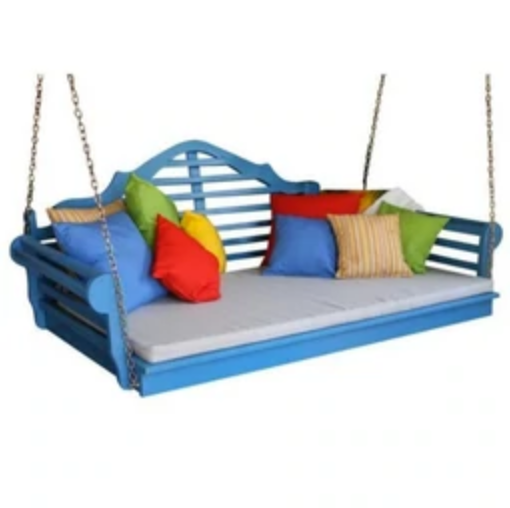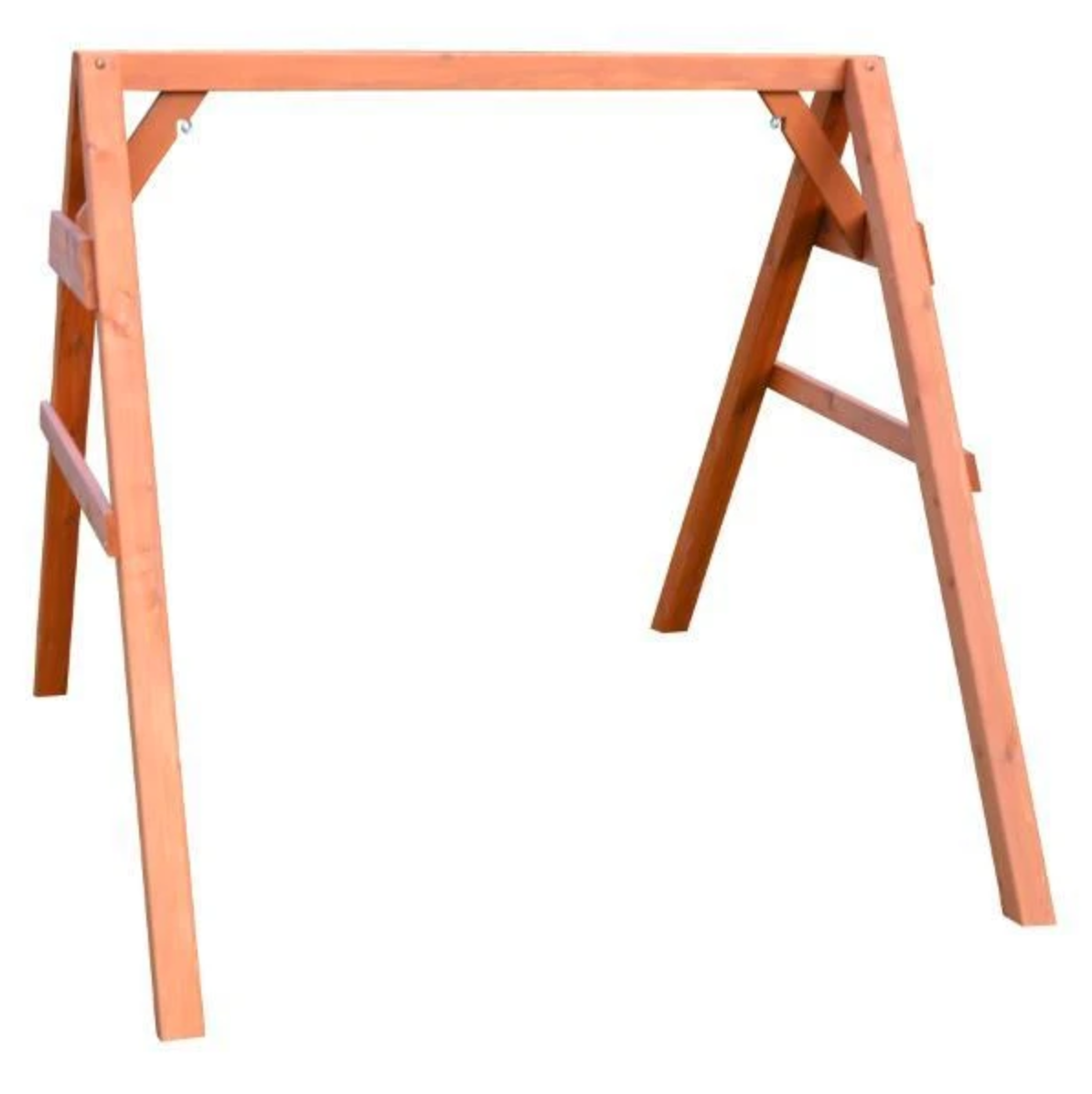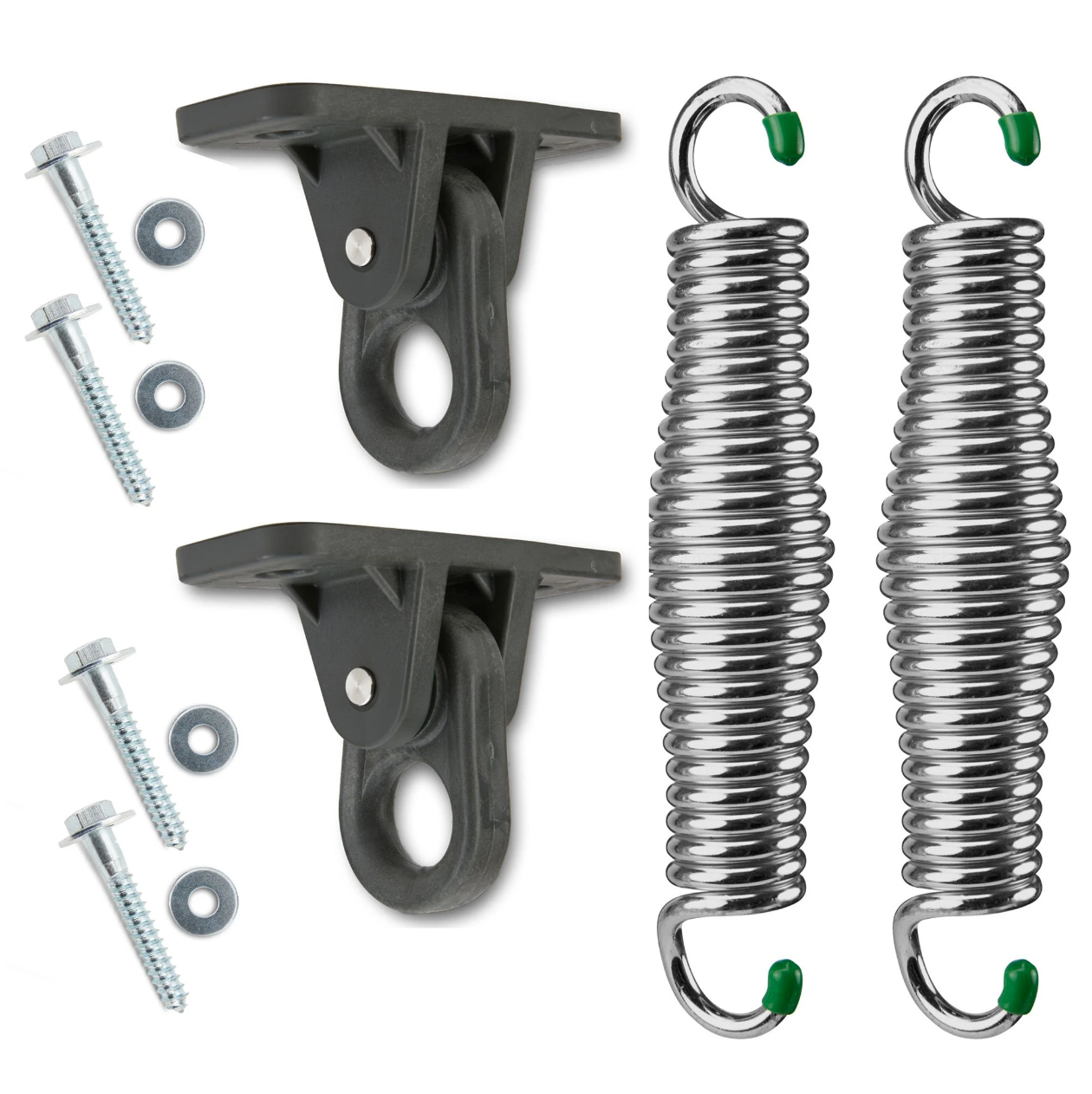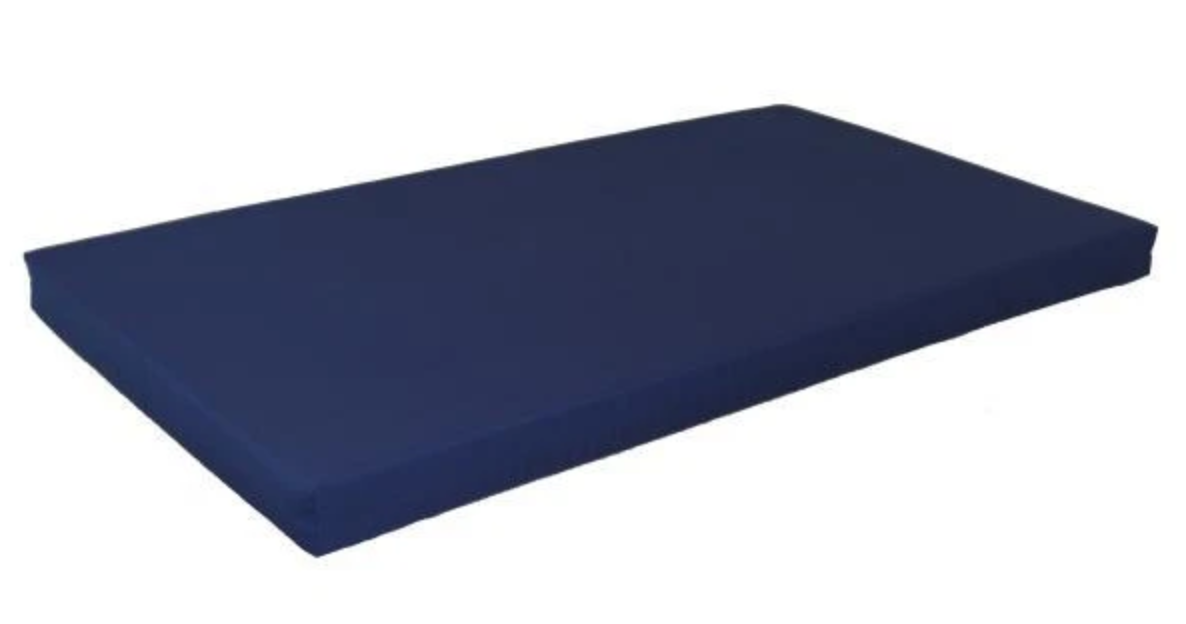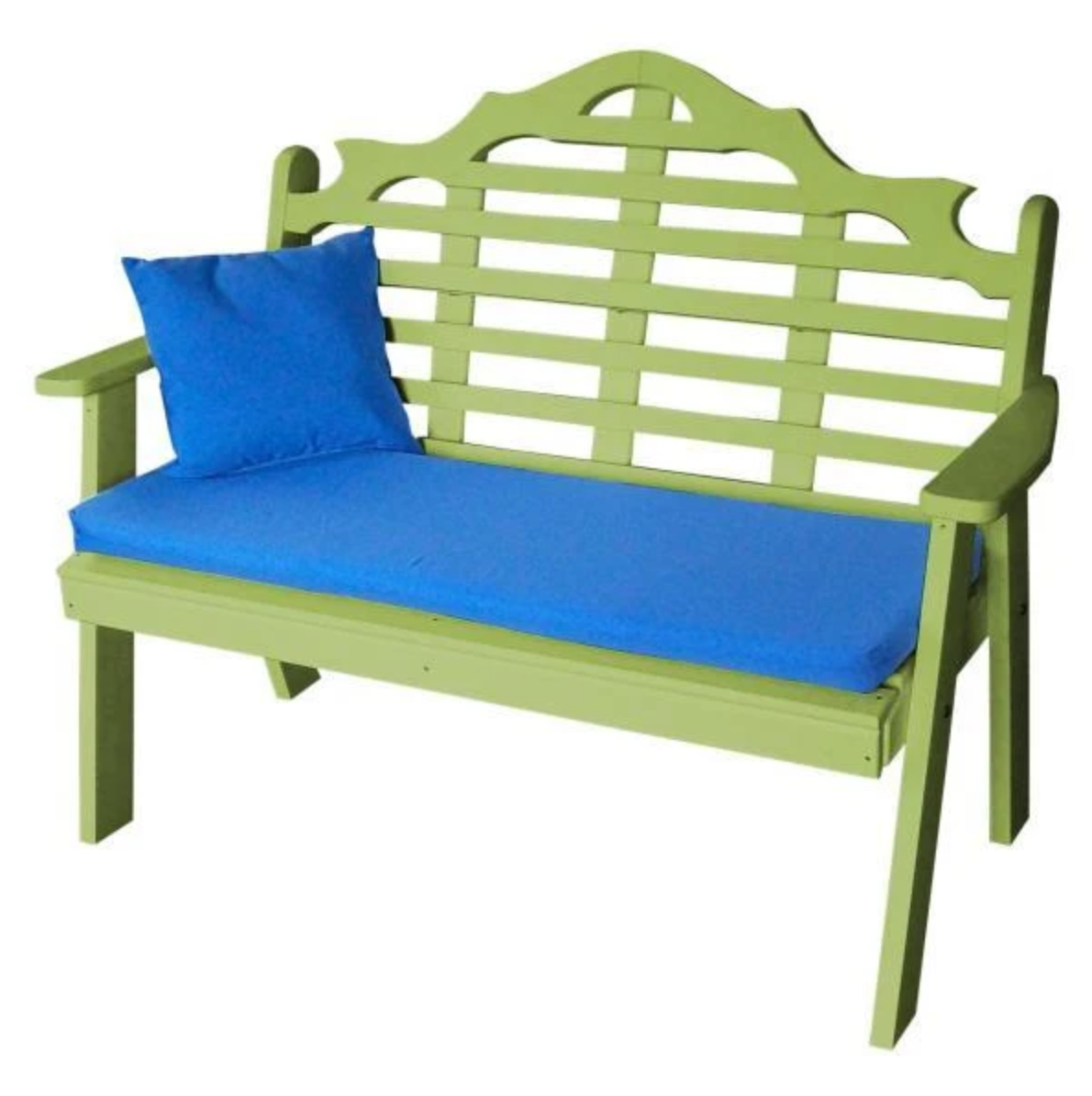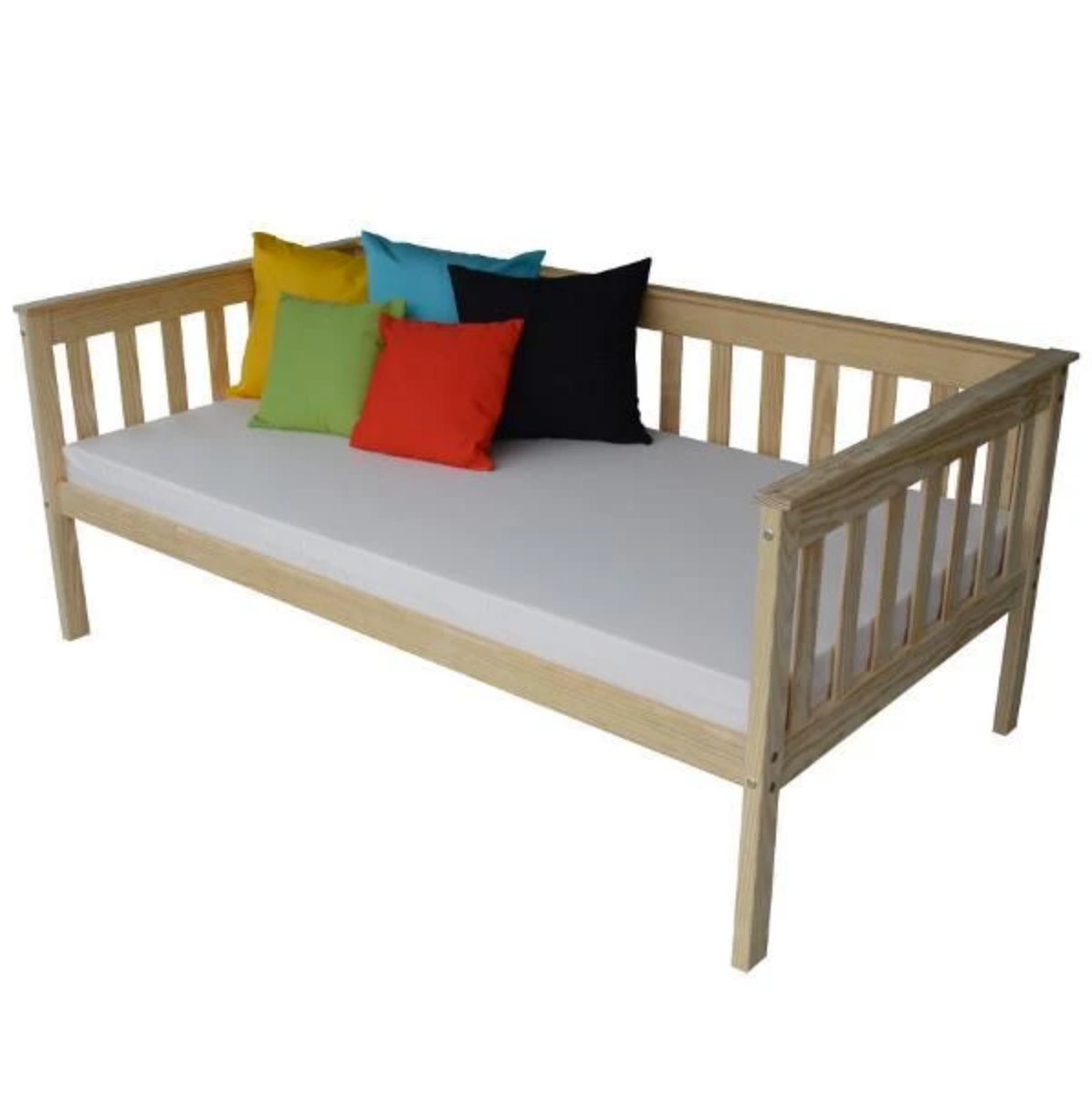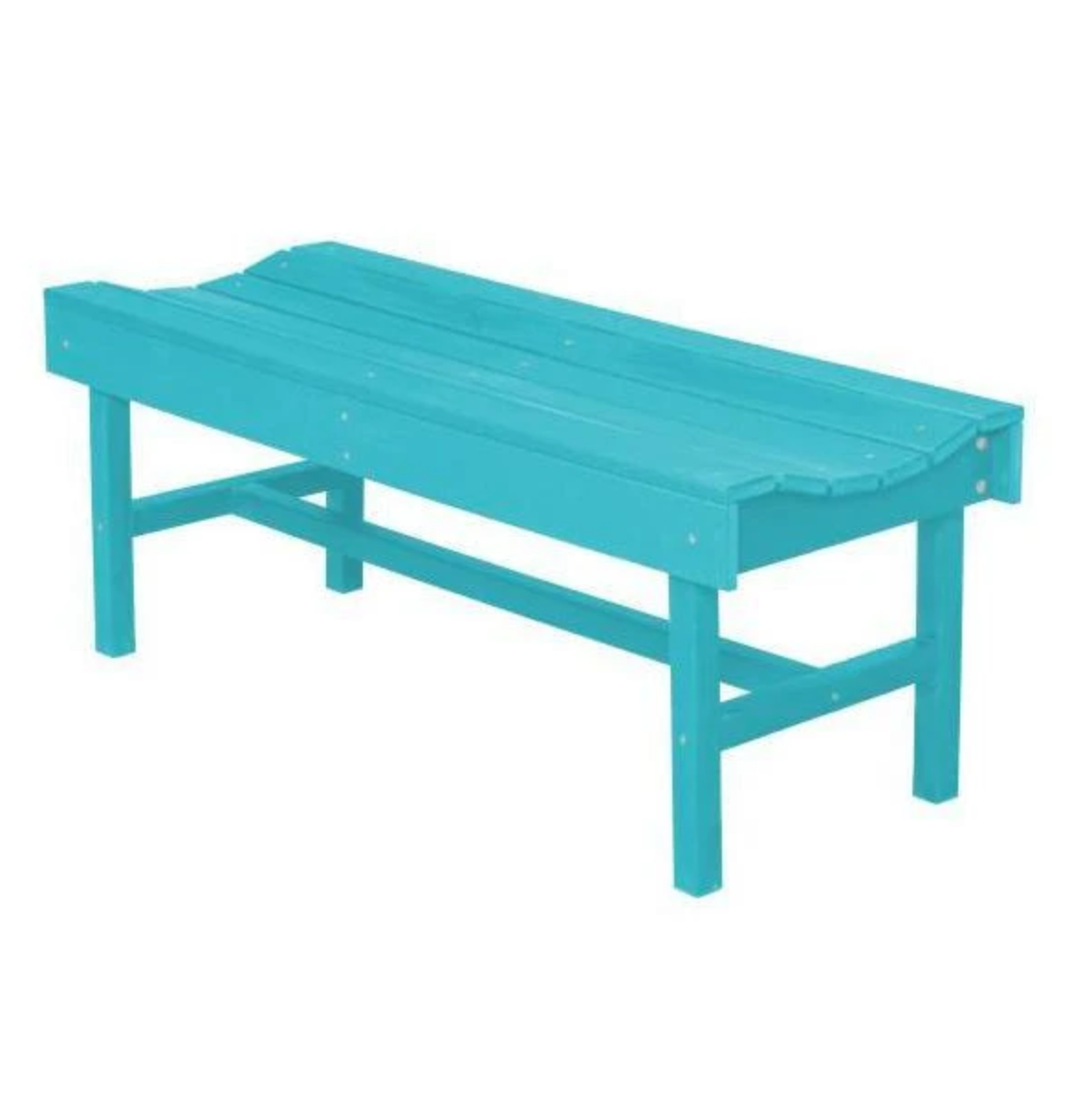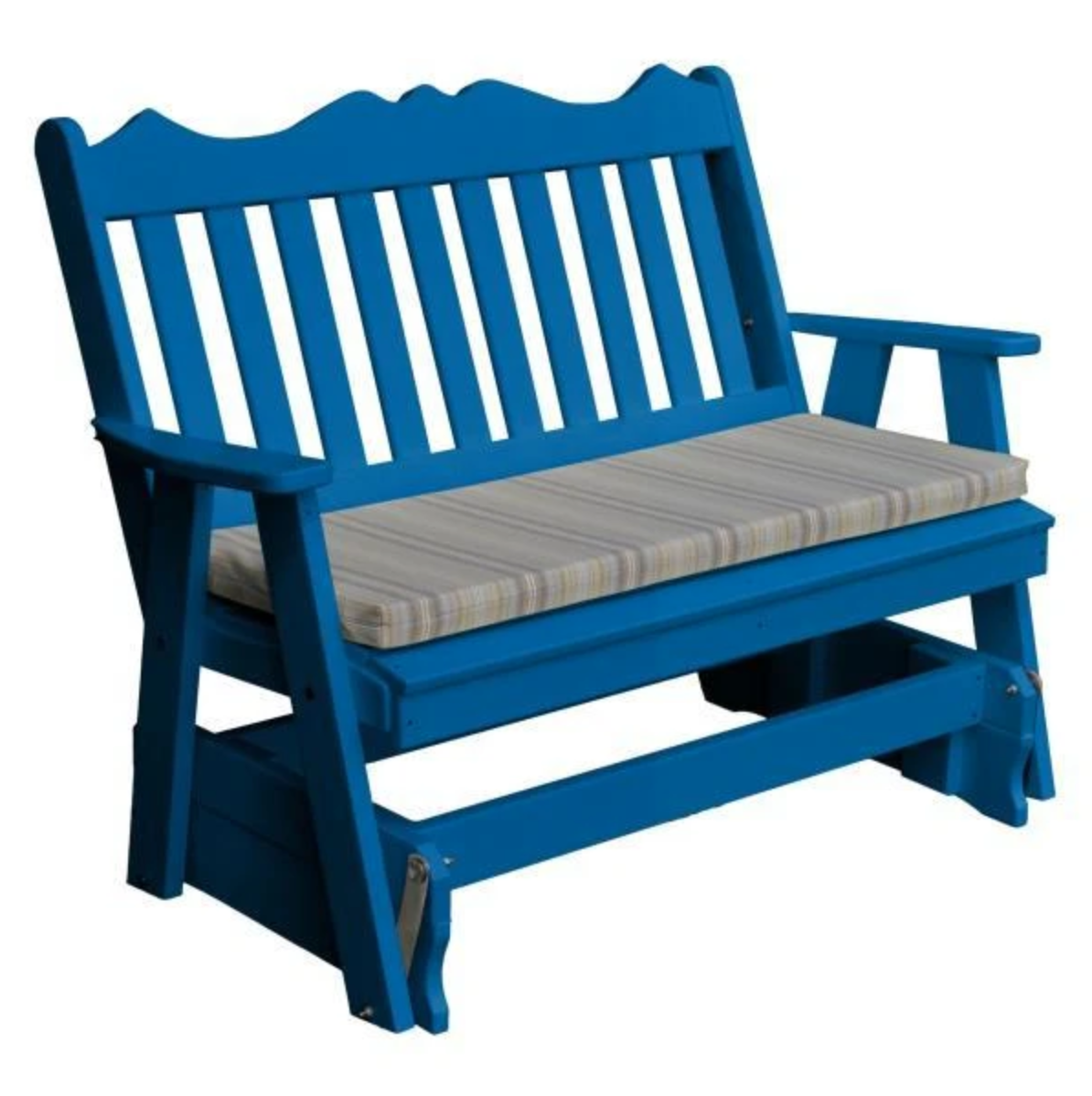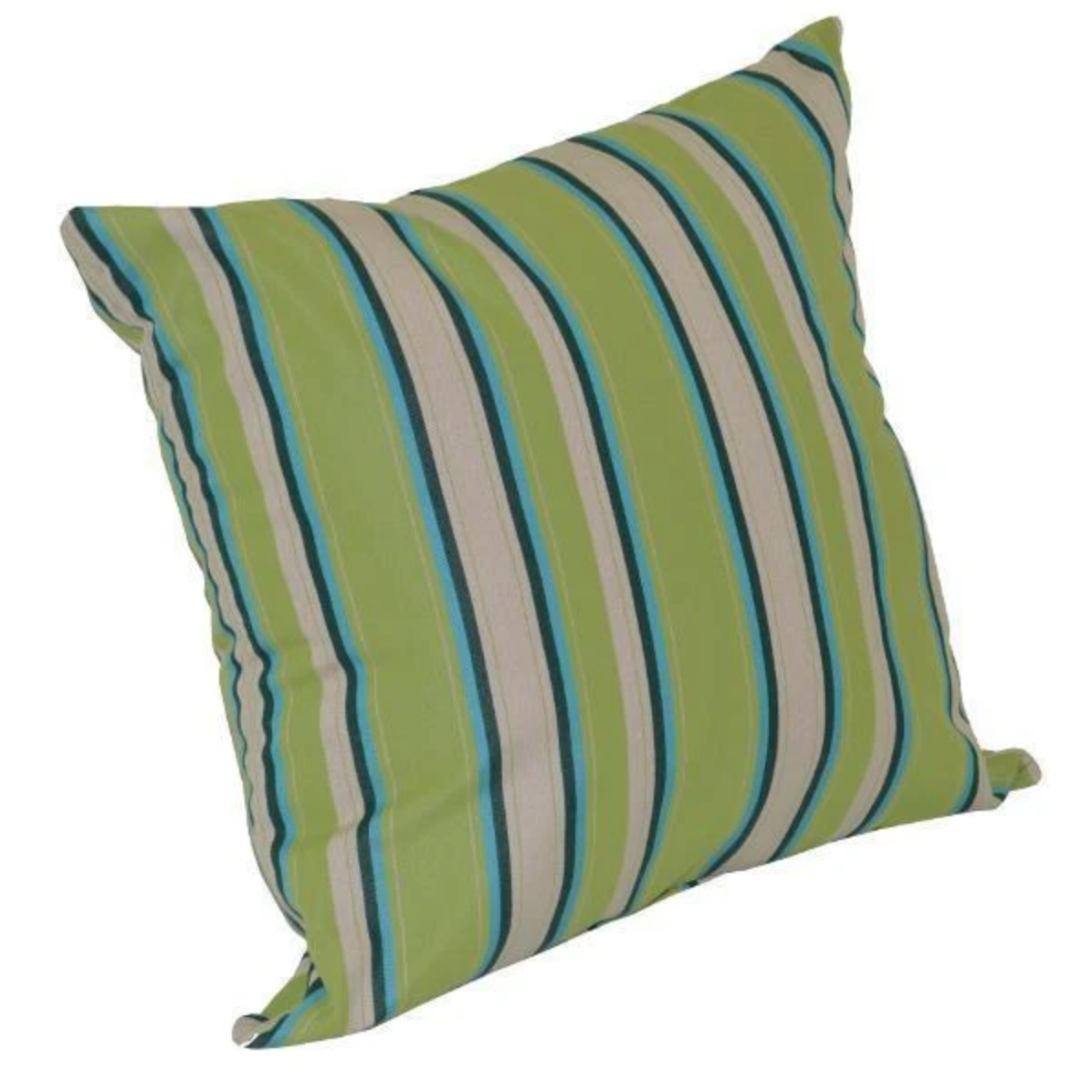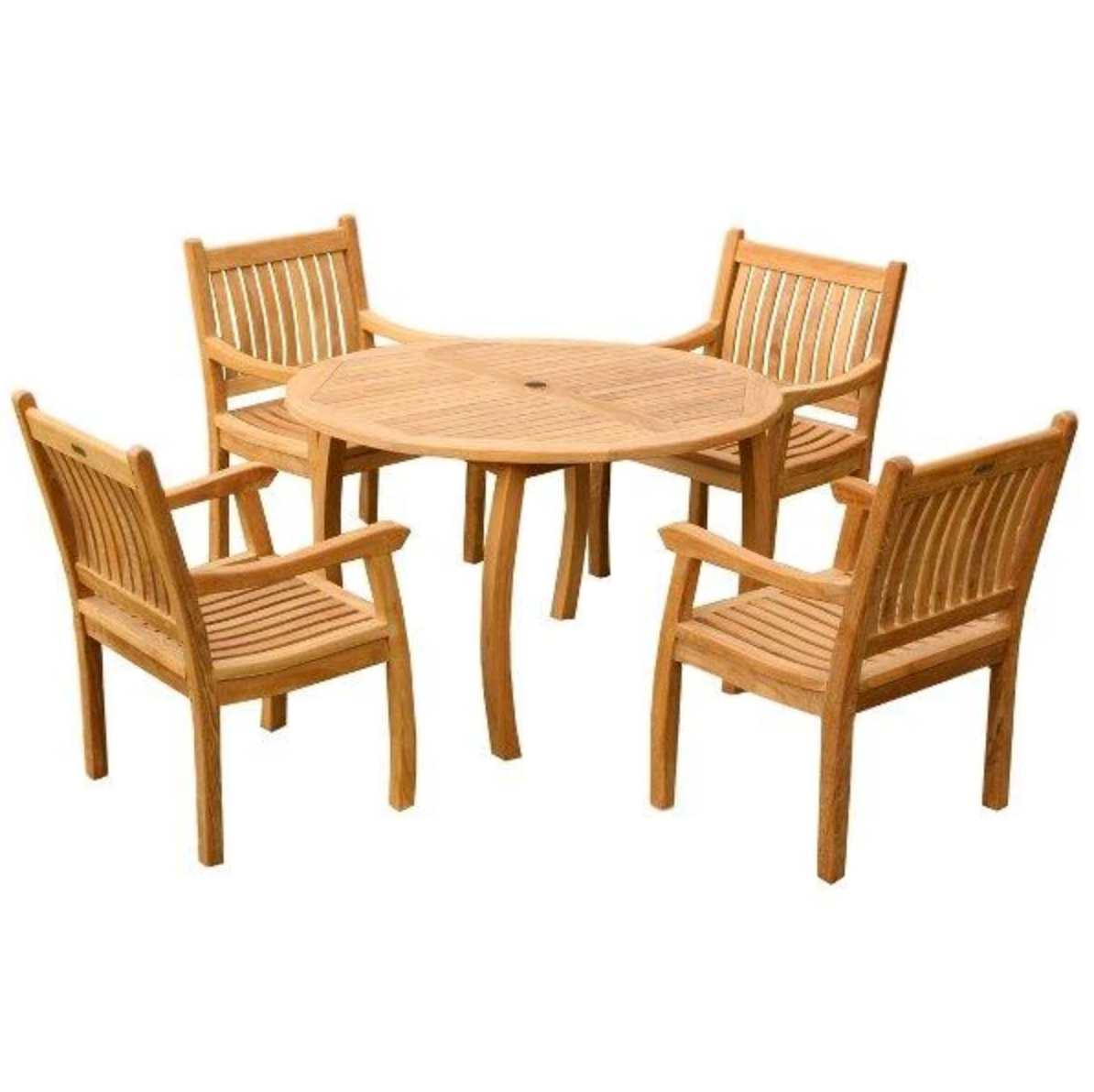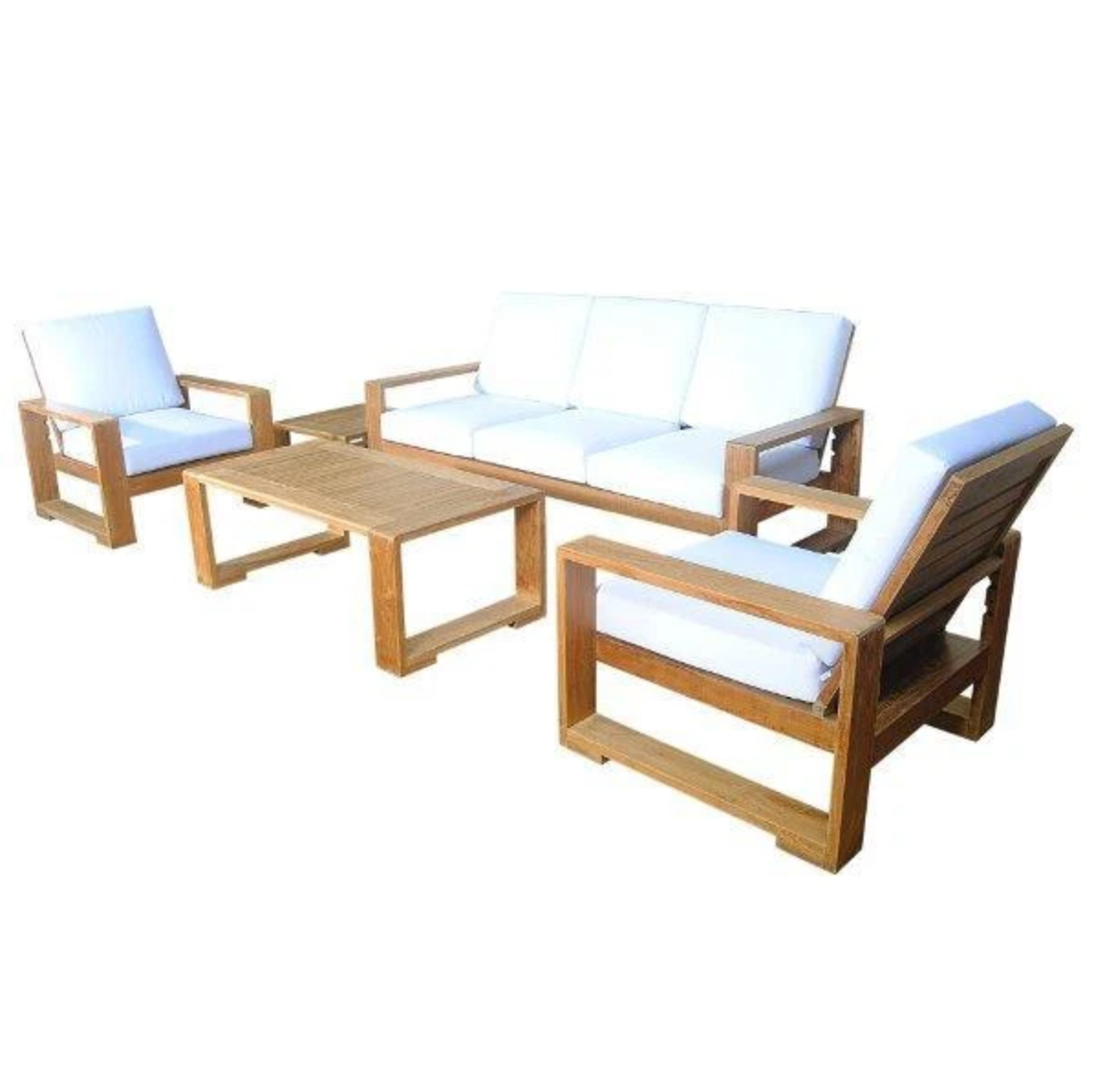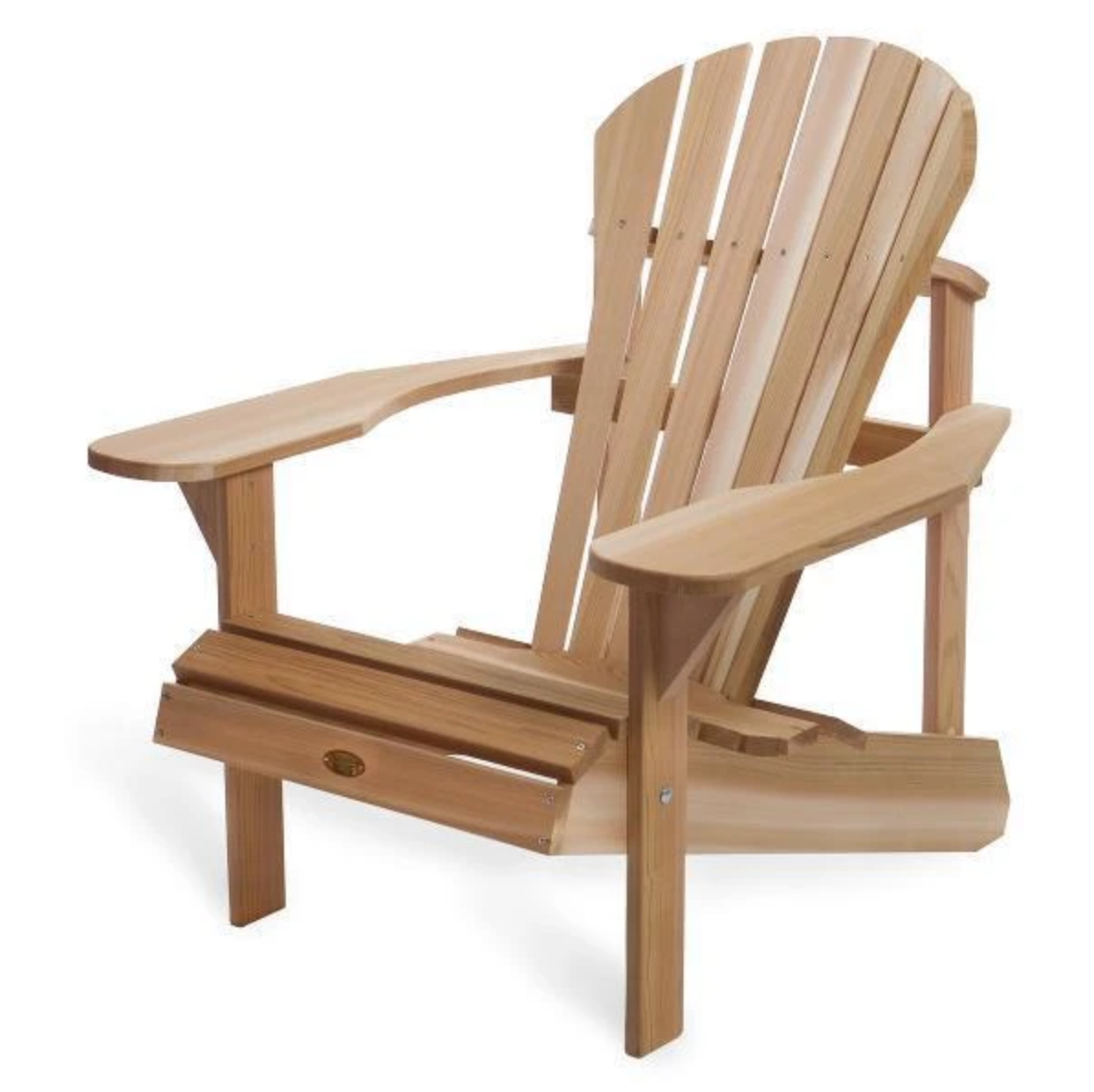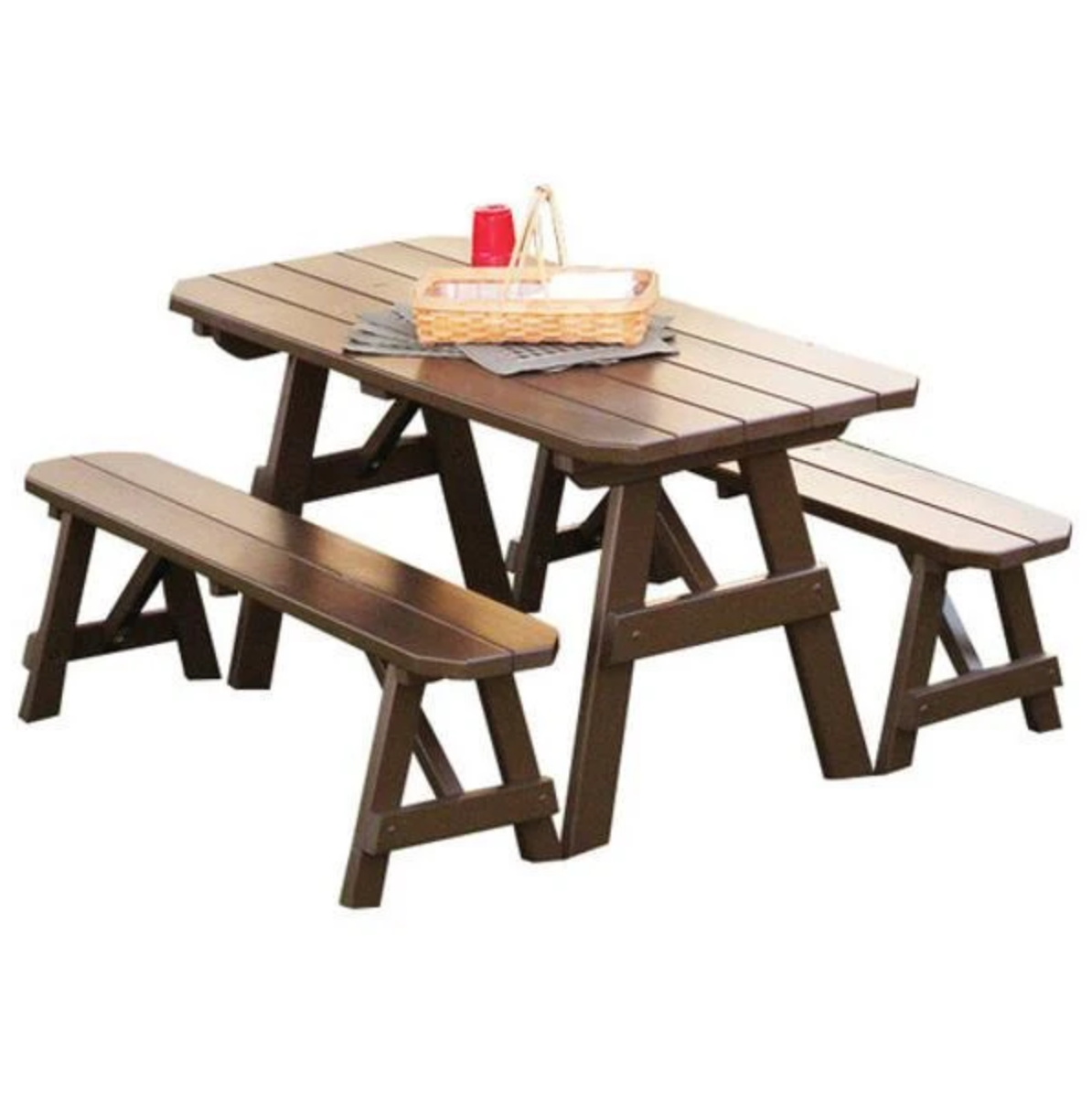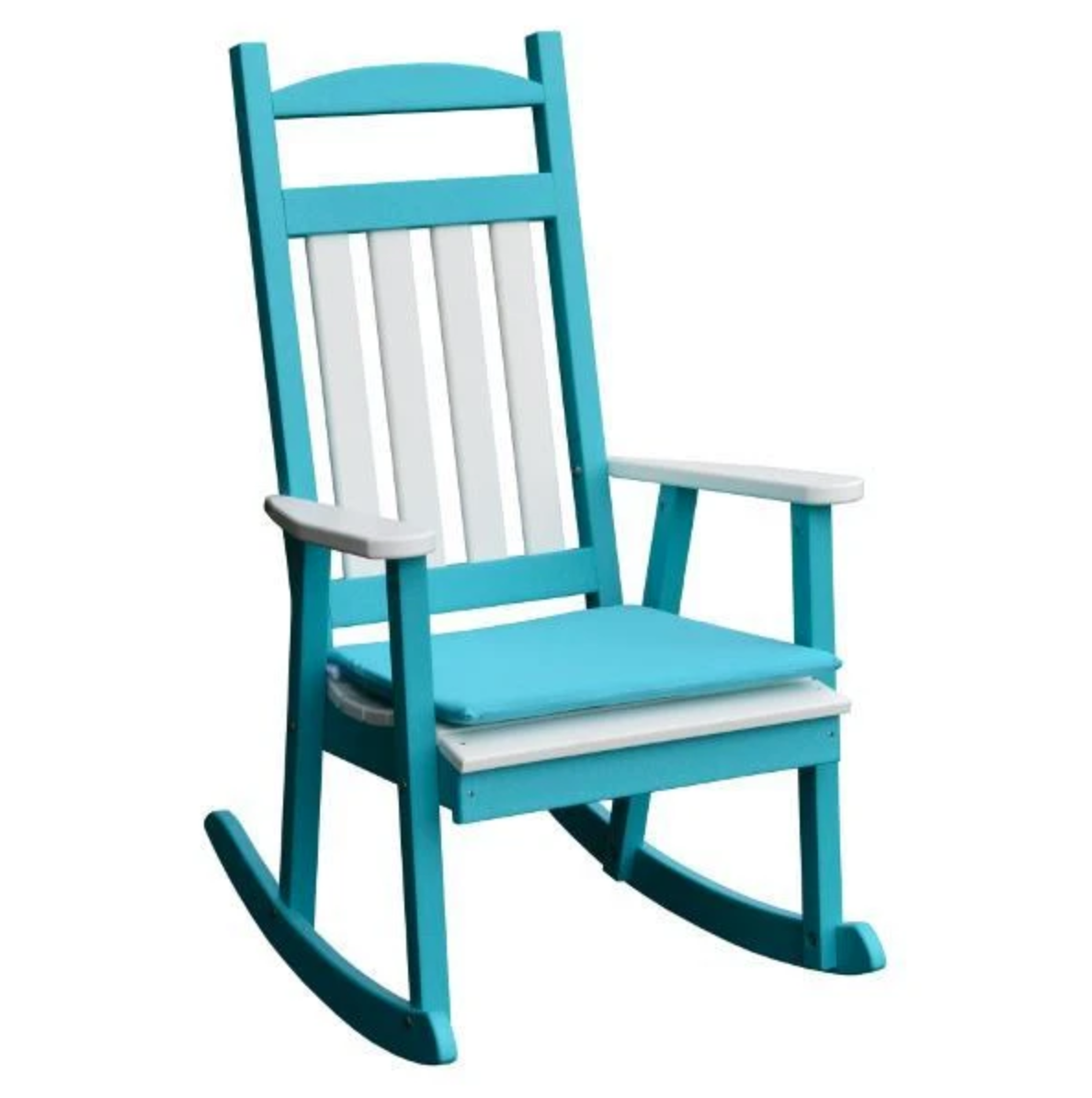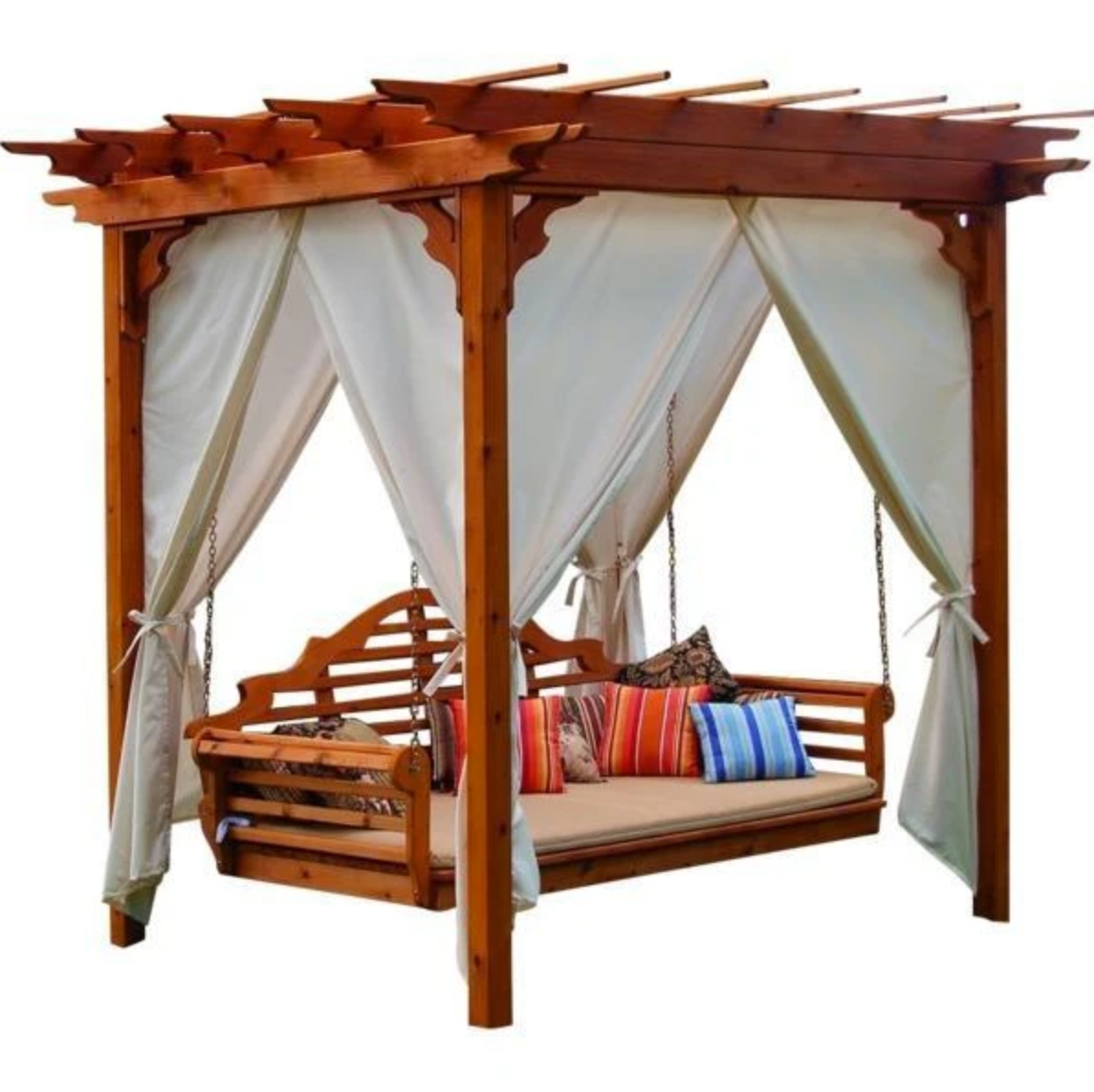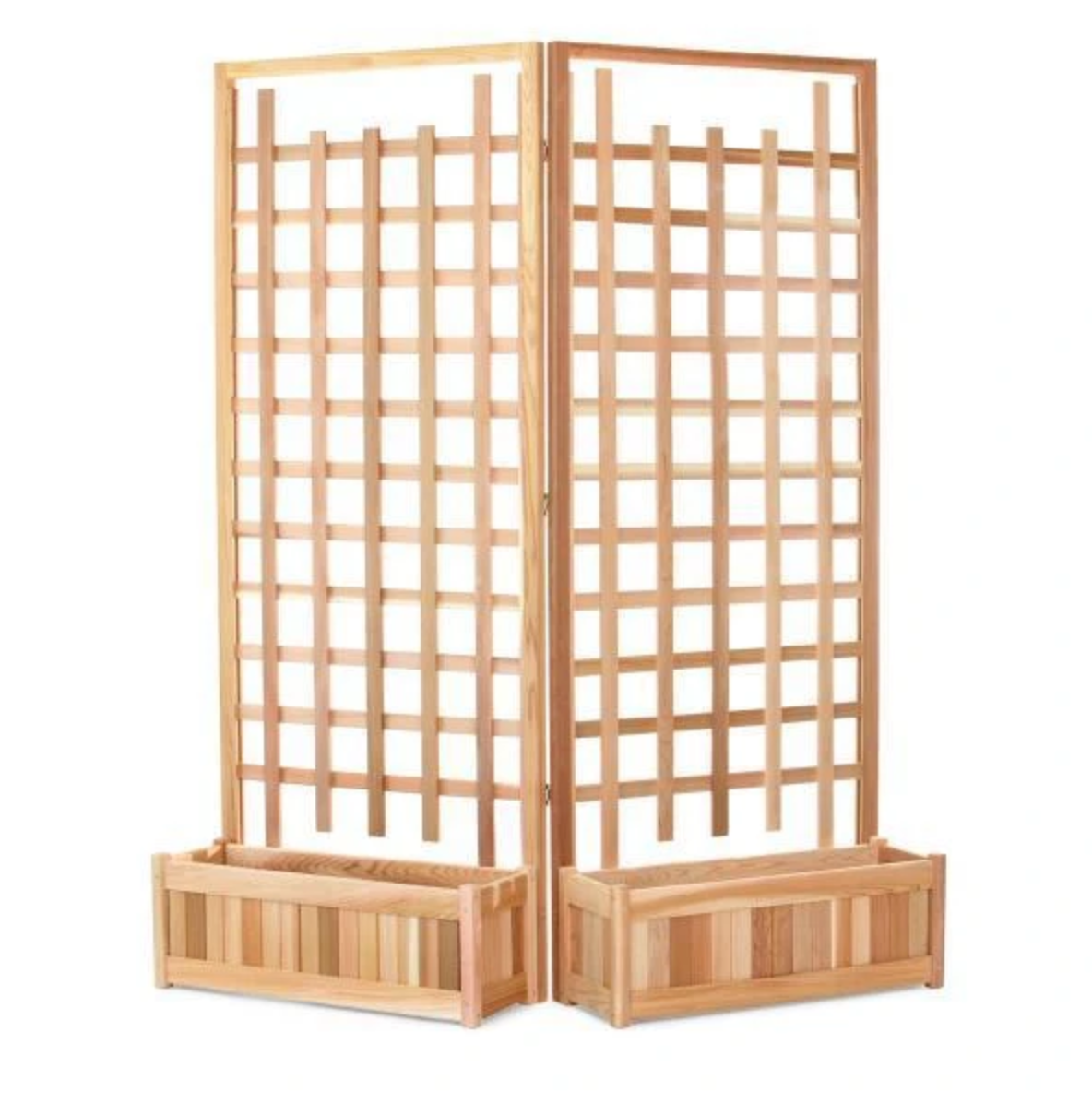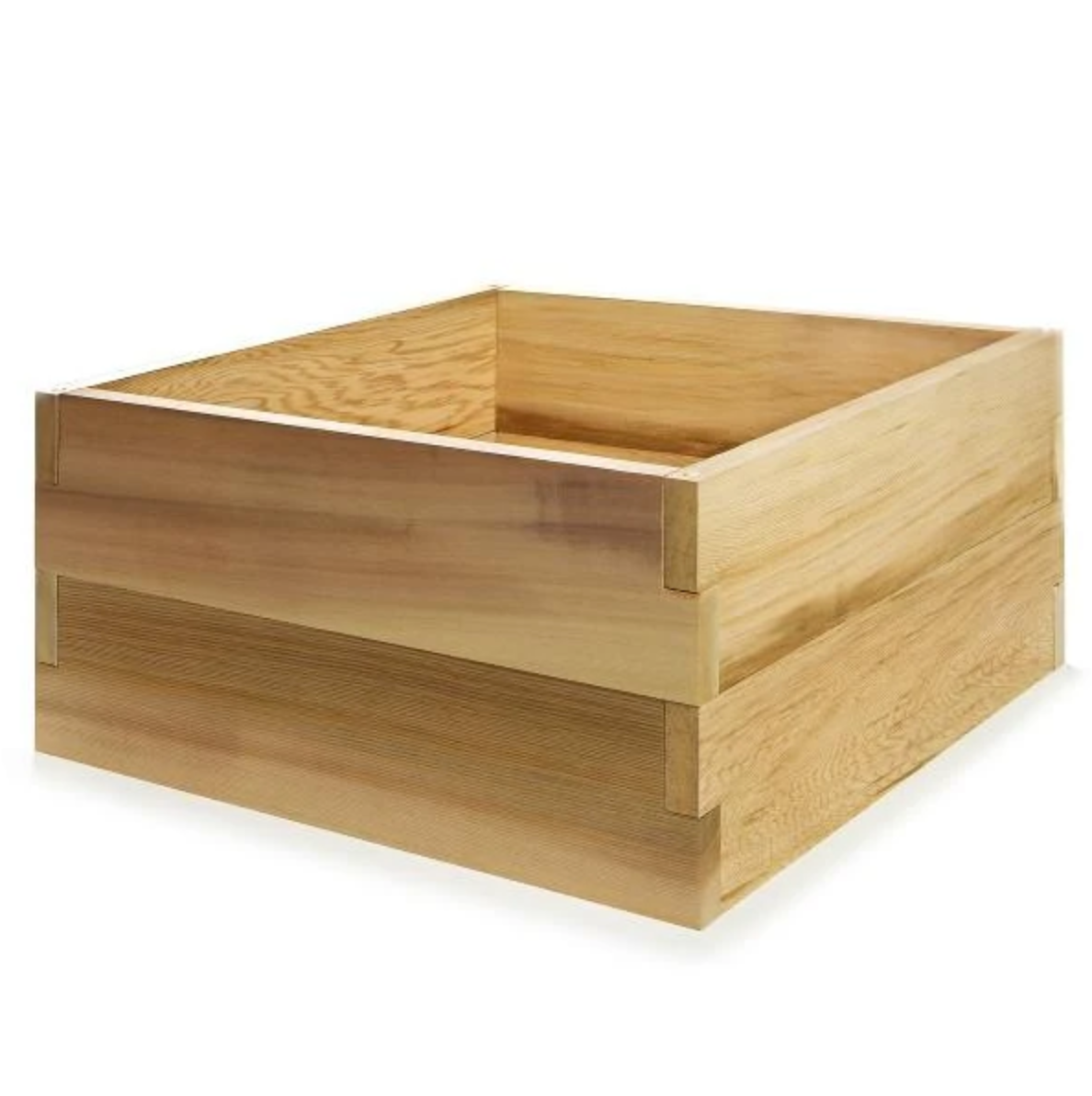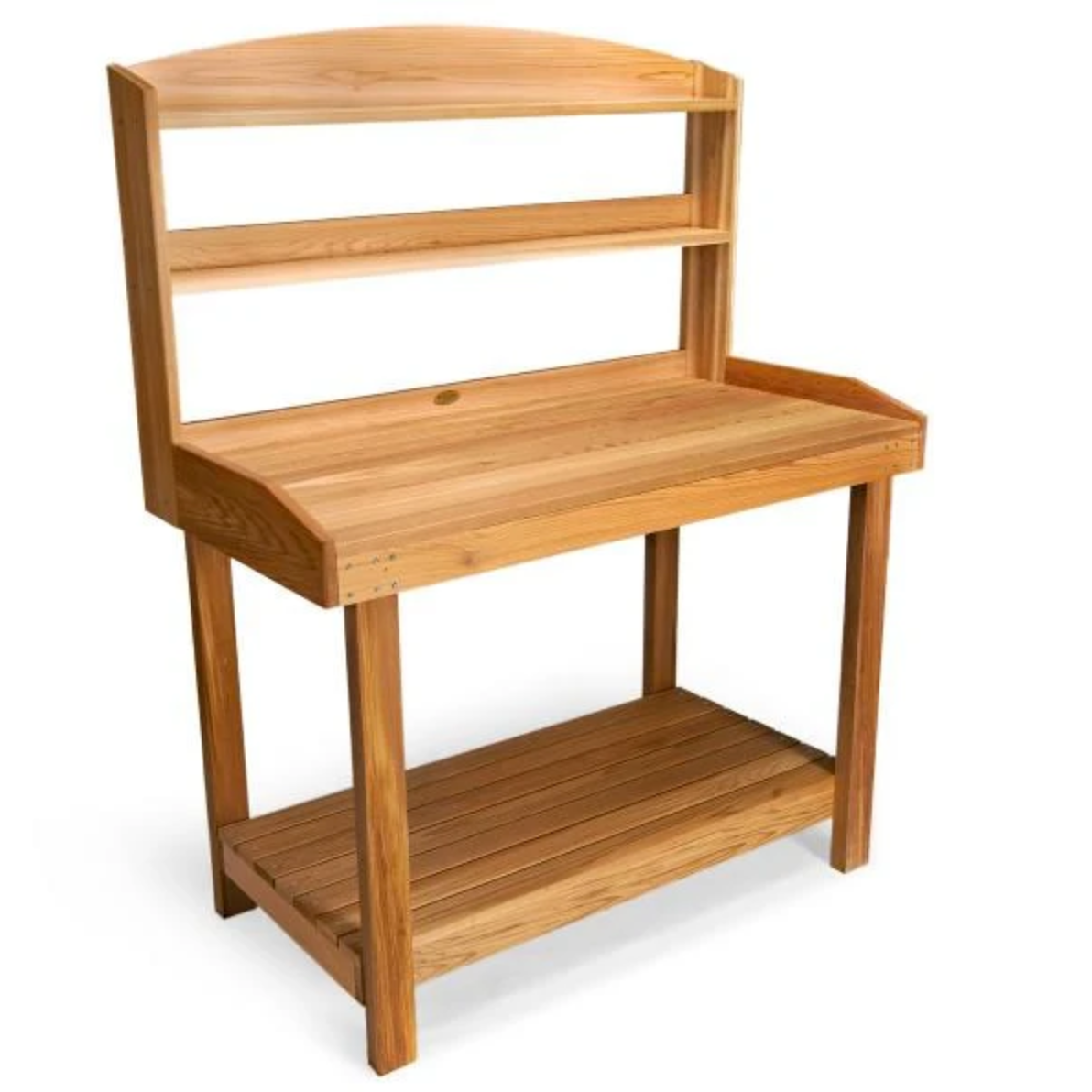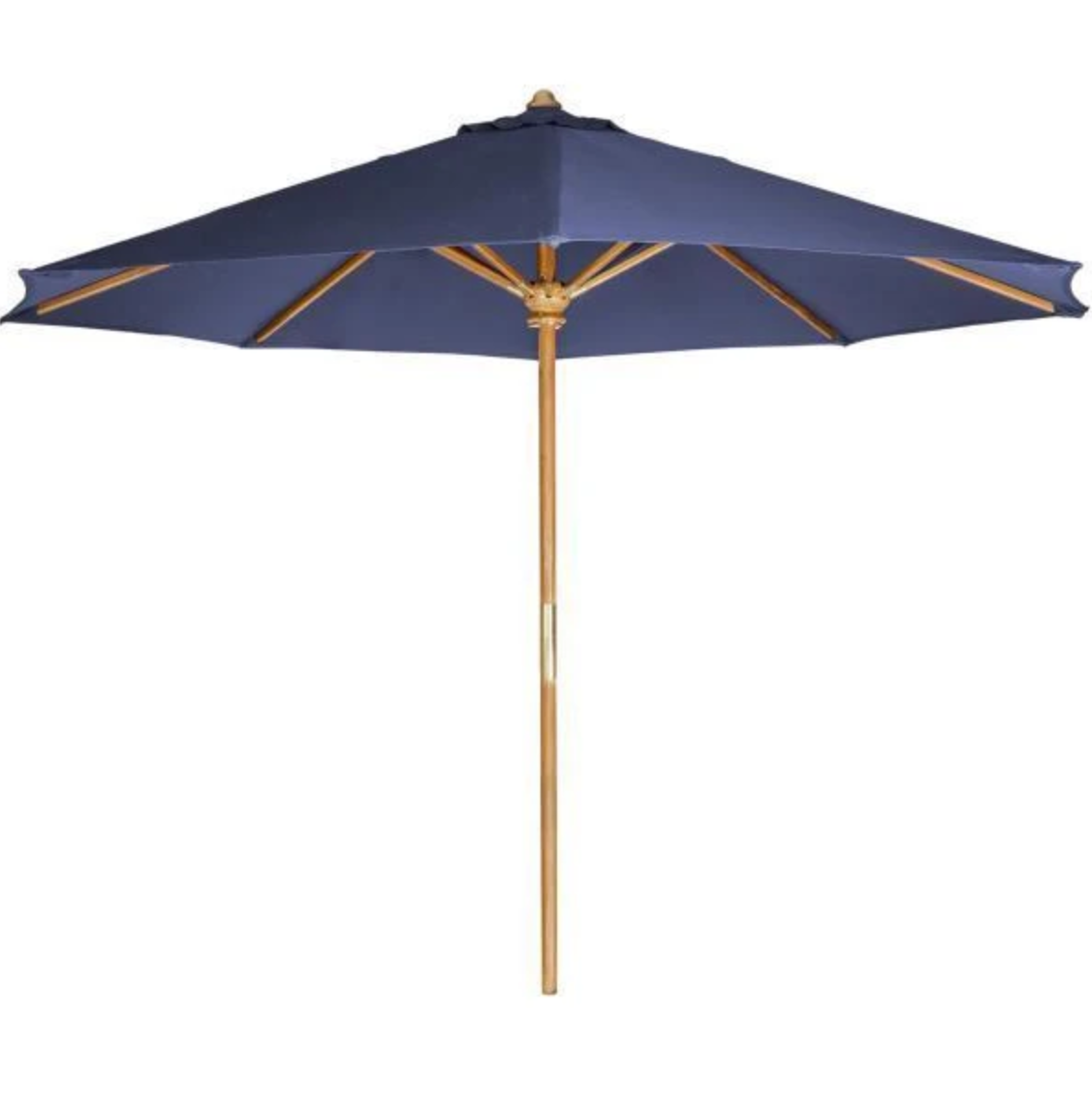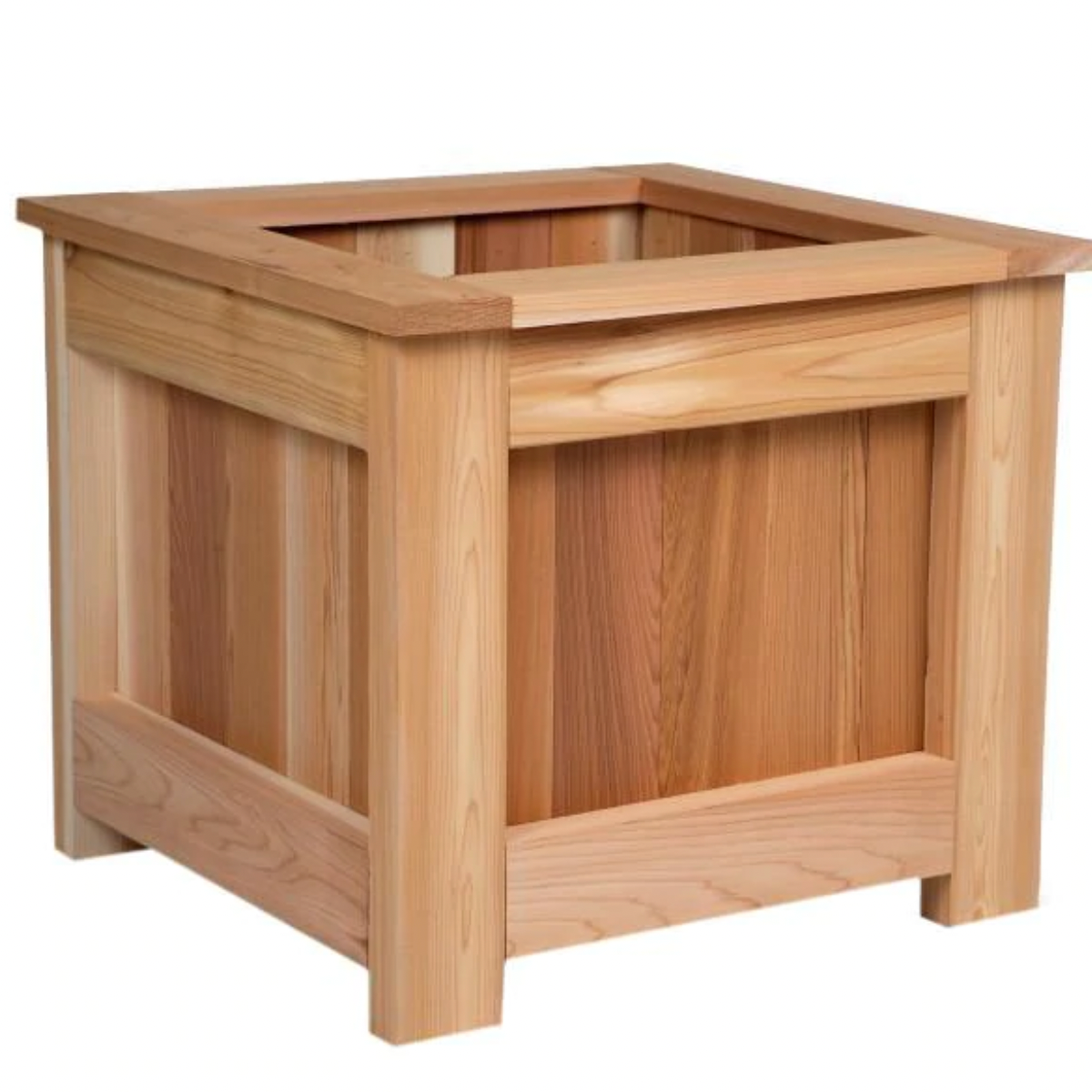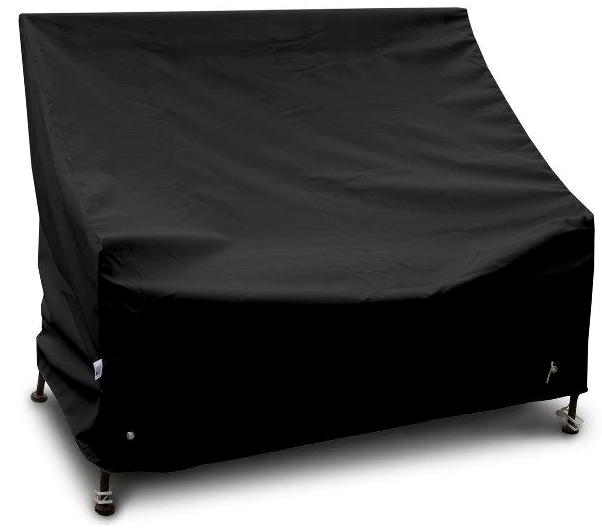Your Cart is Empty
FREE SHIPPING ON EVERY ORDER
Menu

FREE SHIPPING ON EVERY ORDER
Swings
Benches
Tables & Chairs
Home & Garden
What is the difference between an Arbor vs Pergola vs a Patio-Cover
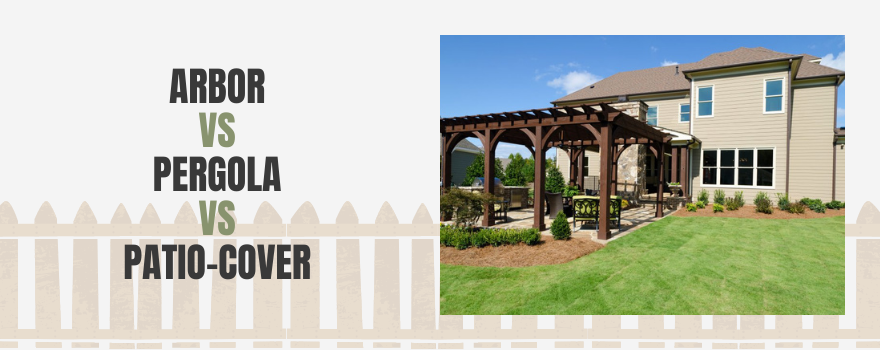
You finally bought the house of your dreams with an impressive master bedroom and a kitchen complete with the latest state-of-the-art appliances. You go out, and you have a beautiful landscape getting ready to be filled with your favorite plants and flowers plus space for some of your home-grown produce.
Then, you also want to allocate space for backyard fun-filled summer parties that are begging for great food, ice-cold drinks, and hot party beats. Your contractor mentions that you should probably get an arbor, a pergola, or a patio cover to keep your guests protected come rain or shine. You balk at the idea, and suddenly, you're confused. What exactly is the difference between the three?
You are probably more familiar with a pergola usually used for swing stands. It's casually thrown around more often and is commonly used to describe any outdoor roofed structure. There are, however, several differences in form, construction, and features.

Arbor vs Pergola vs a Patio-Cover
Pergolas
Pergola comes from the Latin word Pergula, which means projecting eave. These structures were proposed during the Italian Renaissance period to reproduce the villas during the Ancient Roman period. It was mostly a wooden structure that protruded or extended from the exterior wall of the house on which columns then supported the other end.
In Ancient Greece and Egypt, and back then, pergolas had intricate carvings with different wooden vines crawling through the lattices.

More commonly, pergolas often had latticed roofs on which vines were grown to make it an even more prominent garden structure. These days, some are built with covered roofs to offer more protection against sun and rain. They can either be permanently attached to a house or freestanding.
If it's the latter, it consists of four columns or more complete with beam support. This structure can either be open with a lattice frame, covered with a fabric or other lightweight materials. It usually comes in DIY kits with easy-to-follow plans or custom-built for you by a contractor.
Some also have built-in seating. As an extended part of the house, it's attached to an exterior wall with the other end supported by two or more columns. It forms what we know as a patio, deck, or porch. In some public areas, you'll find long pergolas as part of walkways.

Arbors
Arbors are typically part of landscape design as an entrance to a different part of the garden. Think of it as a doorway, often arched, to a separate area. It's smaller than a pergola and may sometimes be attached to a fence.
It lacks the architectural elements that a column has like beams and columns. Some benches have arbors attached to it and used as a central feature of a garden. Arbors usually include only two posts and are mostly made of wood, metal, or vinyl.
Patio Covers
Patio covers are covering for patios, so these may be used interchangeably with pergolas. It is a permanent attachment to a house, often extending the use of the house hence forming the patio.

Bonus: Gazebos
A gazebo is a roofed structure, seen in private and public spaces. While it may have similarities with pergola, it differs in shape. The latter is usually rectangular with a lattice framework. On the other hand, the former is mostly octagonal, with a pitched roof often placed in the middle of a lush landscape to provide users with a view.
It can sometimes be enclosed with a screen to offer more protection. Both can house a bench or bed swings for a more enjoyable experience while enjoying the summer breeze.

While different trades have definitions of these three terms, this should serve as a guide to clear things up. They may differ in some elements or form, but all three are gorgeous and functional additions to any outdoor spaces. These are great spots that will make your party even more impressive.
Also in News
US
United States
Dec 13, 2025 16:59
Product Tag :
Product Collection :
×
